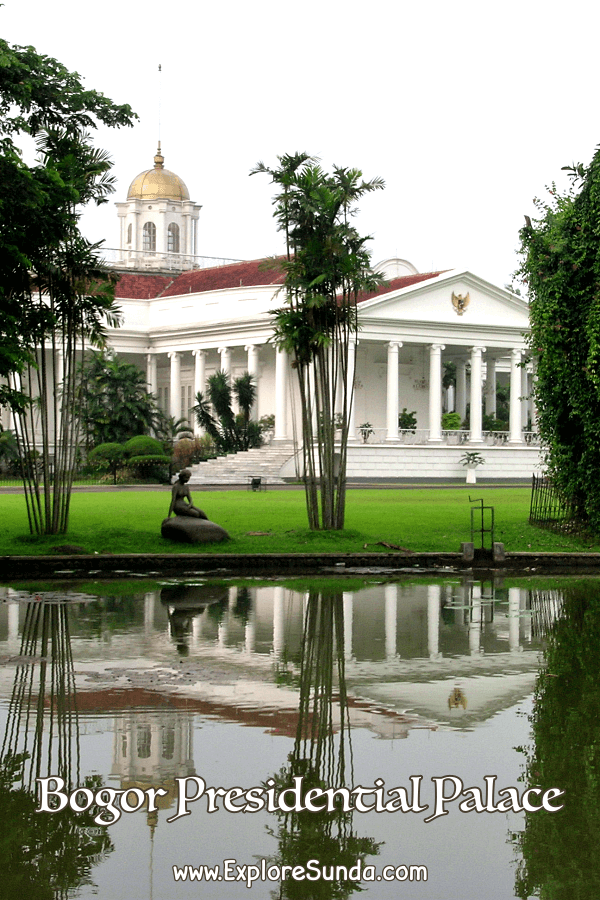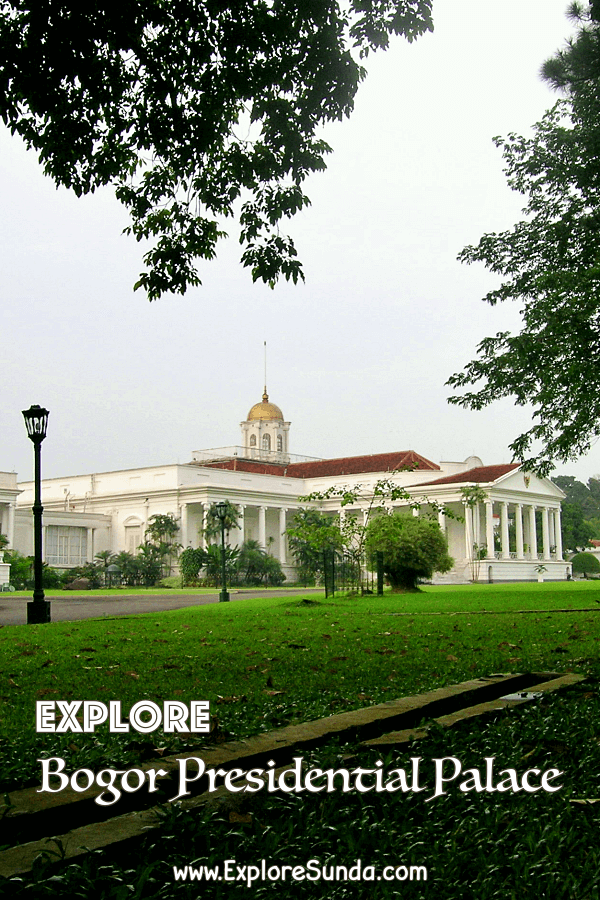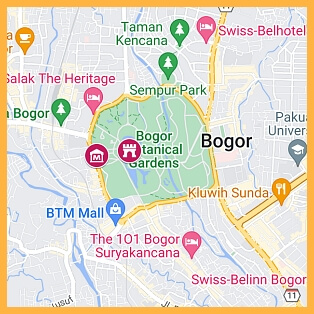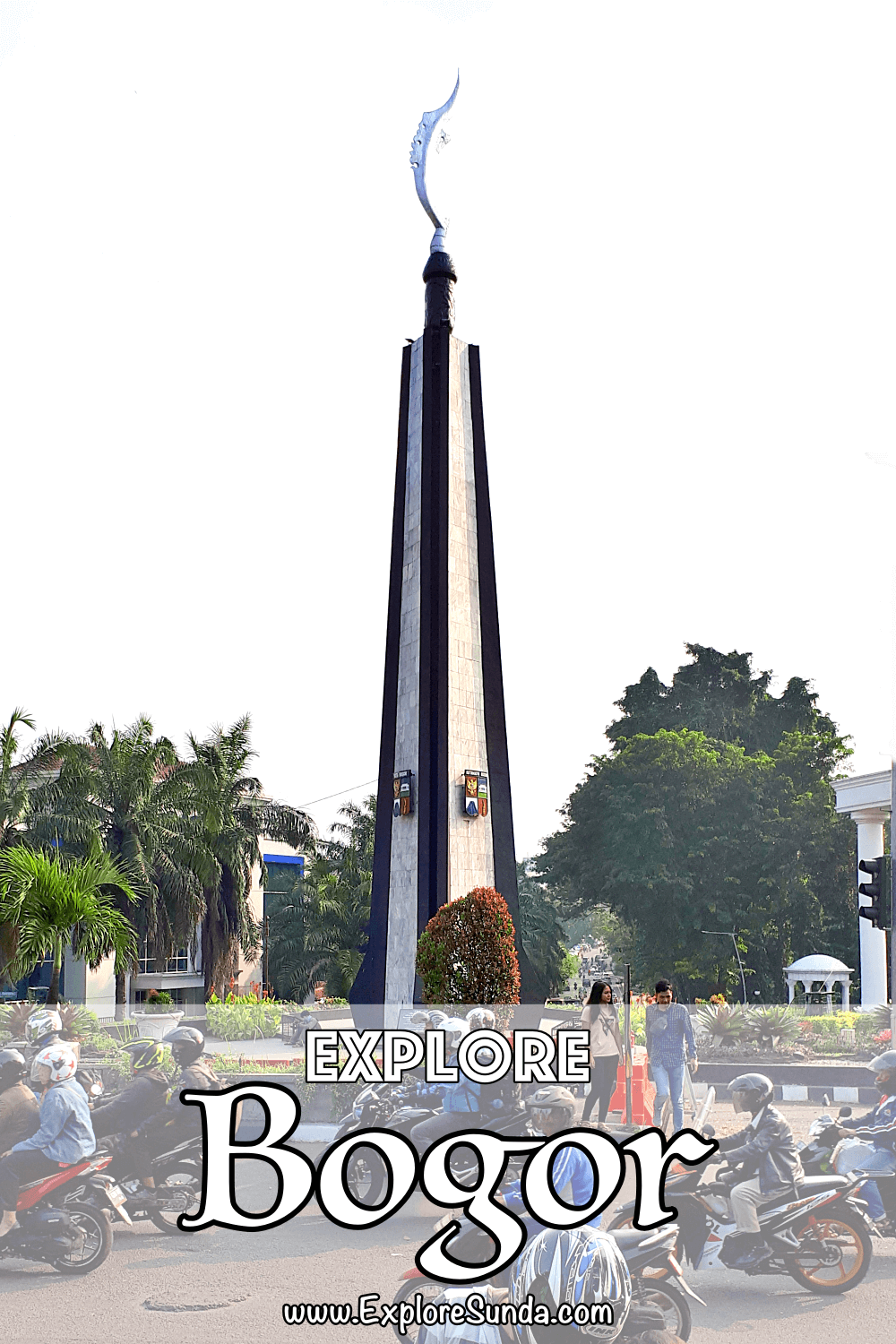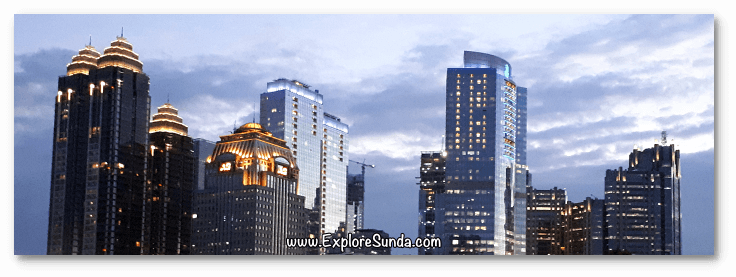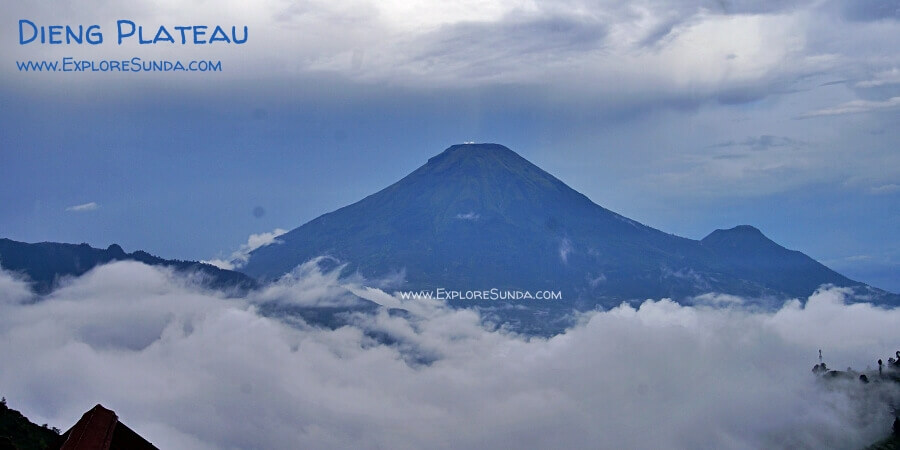Bogor Presidential Palace
Bogor Presidential Palace – Istana Bogor in Bahasa Indonesia – is the landmark of the city of Bogor. It is situated in the heart of Bogor and surrounded by hundred-year-old trees. You can see the palace from the sidewalk on Jalak Harupat Street and Juanda Street. You also can view the backside from inside Bogor Botanical Garden.
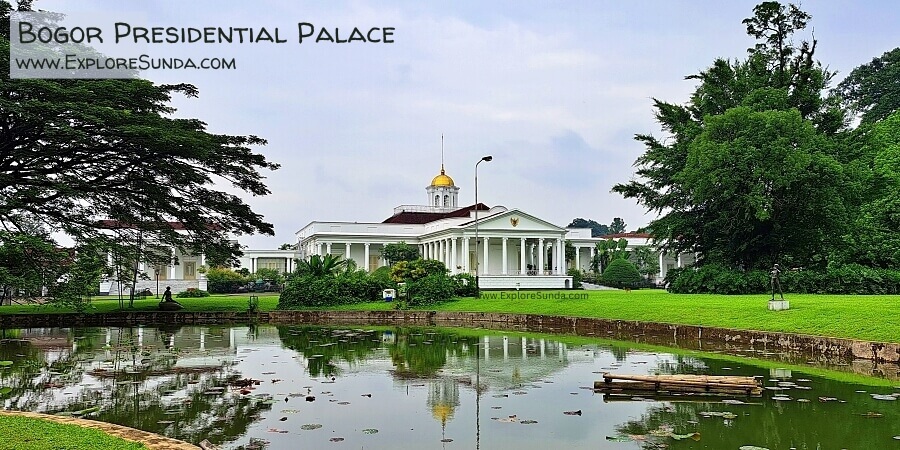 The view of Bogor Presidential Palace (Istana Bogor) from Bogor Botanical Garden.
The view of Bogor Presidential Palace (Istana Bogor) from Bogor Botanical Garden.The History of Bogor Presidential Palace
The history of the Bogor Presidential Palace started way back in 1744, during Dutch colonization. At that time, Governor-General Gustaaf Willem Baron van Imhoff began to build a palace in Kampoeng Baroe (New Village in English), the area of present-day Bogor. He called it Buitenzorg, which means no worries because this palace was intended as a retreat, a place to escape the too-warm weather, hectic, and crowded Batavia.
Initially, it adopted the architecture of Blenheim Palace, the seat of the Dukes of Marlborough in Oxfordshire, England. However, until the last day of van Imhoff's reign, the palace was only halfway through. Hence, his successor, Jacob Mossel (1750-1761), continued it.
In 1752, the half-finished palace was badly ruined during the Banten War (1750-1754), led by Kiai Tapa and Ratu Bagus Buang. Yet the Dutch Governor Generals never ceased to build it. During Governor-General Herman Willem Daendles' reign (1808-1811), in addition to restoring the destroyed palace, he added one more floor to the main building. Then he built two wings to the left and right of the main building. He also brought six pairs of deer from the India-Nepal border to spruce up the yard. When Great Britain under Lieutenant General Thomas Stamford (1811-1816) ruled Indonesia for a short while, he built the Bogor Botanical Garden in the massive backyard of the palace. When Indonesia was returned to the Dutch VOC, the next Governor General was Baron van der Capellen (1817-1826), who added a tower on top of the main building.
This grand palace was once again destroyed by a massive earthquake; when Mount Salak erupted on October 10, 1834. Abandoned for several years after the eruption of Mount Salak, Governor General Albertus Yacob Duijmayer van Twist (1851-1856) rebuilt the palace. This time it was a one-story building with a nineteenth-century European style. They decided to build a one-story building as a precaution against coming earthquakes. The palace was completed under Governor General Charles Ferdinand Pahud de Montager (1856-1861). Starting in 1870, Buitenzorg became the official home for the Dutch Governor Generals. Until the end of the Dutch settlement, forty-four Dutch Governor Generals and one British Lieutenant General had lived in Buitenzorg.
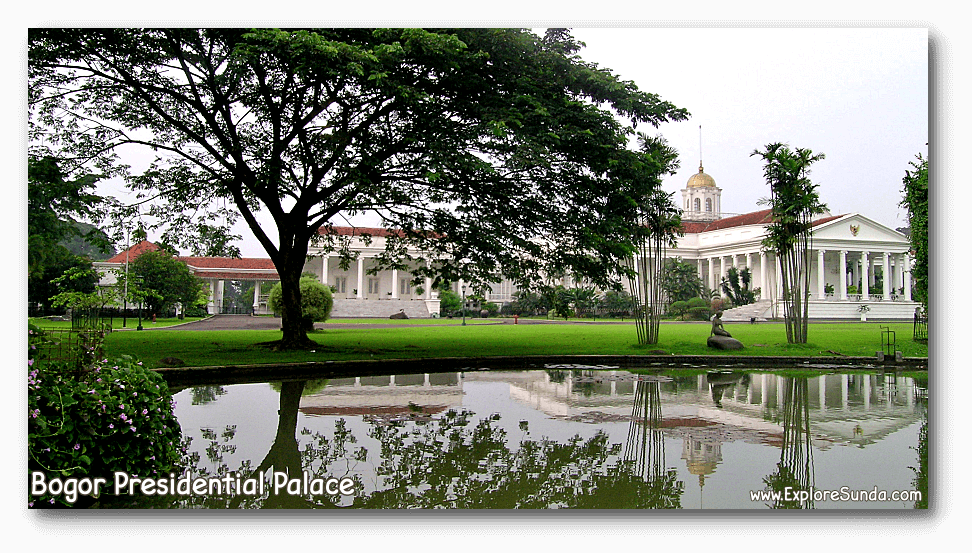 The backyard of Istana Bogor with its famous water lilies pond and the sculpture of Little Mermaid, a gift from Denmark.
The backyard of Istana Bogor with its famous water lilies pond and the sculpture of Little Mermaid, a gift from Denmark.The last Governor General who lived in Buitenzorg was Tjarda van Starckenborg Stachouwer. He surrendered Buitenzorg to General Imamura from Japan. The Japanese used the palace as a military base. After Indonesia declared its independence, a group of men from BKR (Badan Keamanan Rakyat – People Security Army in English, predecessor of Indonesia National Armed Forces) took over Buitenzorg for a while before Gurkha soldiers seized it. Finally, the Netherlands acknowledged the independence of Indonesia and returned this palace to Indonesia in 1949.
The palace was returned to Indonesia in awful shape. All valuables were gone, deer were scarce, and many walls were painted black and used as jails. Bung Karno, the first president of Indonesia, rebuilt Buitenzorg and changed its name to Istana Bogor (Bogor Presidential Palace in English). It became one of the six presidential palaces in Indonesia. In 1960, Bung Karno used it as his official home. Today, Mr. Joko Widodo, Indonesia's seventh president (2014-2024), chooses to live in Bogor Presidential Palace.
Since art objects and decorations of this palace were looted during World War II, it only has collections from the 1950s to the present. Today, it has 3,205 books, 448 paintings, 216 sculptures, and 196 ceramics. Some are displayed inside the palace, while others are exhibited in Balai Kirti Museum. This museum is located inside Bogor Presidential Palace complex and founded by Mr. Susilo Bambang Yudhoyono, the sixth President of Indonesia (2004-2014). The museum exhibits historical objects from every president of Indonesia. People who want to visit Balai Kirti Museum must apply for an invitation by sending an official letter to Sekretariat Negara. They only accept group visits (no individual visits).
It is a different story if you want to feed the deer or take a picture of the palace :) Governor General Herman Willem Daendles (1811-1816) imported the deer from Nepal, and now they have become the icon of Istana Bogor. These deer are free to roam the yard, so people can easily spot them from the street. Nowadays, many people come near the palace fence to give carrots to the deer. If you are interested in feeding them, bring some carrots. Or, you can easily find several carrot sellers on this street on weekends.
Although it is a long process to get an invitation to see the inside of Bogor Presidential Palace, it is easy to take nice pictures of it. You can take them from the outside fence. On the other hand, I prefer to take photos of the palace from the bank of Kolam Gunting (Scissor Pond in English) in Bogor Botanical Garden.
Source: Setneg.go.id, Kompas.com, travel.detik.com
How to go to Bogor Presidential Palace
Addressed at Jalan Ir. H. Juanda no. 1, Bogor Presidential Palace lies in the heart of Bogor. It is easily accessible by private and public transportation. Jagorawi toll road is less than two kilometers away. If you choose to catch a bus, Baranang Siang – the bus terminal in Bogor – is right in front of the Jagorawi access road, about 2 kilometers from the palace. Alternatively, the commuter train between Jakarta and Bogor is a favorite mode of public transportation between the two cities. You will not get stuck in the traffic, and the train is comfortable as long as you are not stuck in rush hour. The train station is only one kilometer from Istana Bogor.
Recent Articles
-
Discover the Vibrant Celebration of Imlek in Indonesia!
Jan 13, 25 03:24 AM
The Chinese New Year of 2576 will be celebrated on January 29, 2025. Discover the special things in this Imlek festival! -
The Site Map of ExploreSunda.com
Nov 26, 24 10:40 PM
A thorough site map to help you browse through the Explore Sunda site. -
The Best Road Trip to Dieng Plateau Wonosobo: Sightseeing, Eat & Sleep
Nov 19, 24 11:52 PM
Explore the stunning Dieng Plateau in Wonosobo, with its cold above the cloud highlands, ancient temples, and breathtaking tea plantations. Visit in August and treat yourself to the Dieng Culture Fest…
